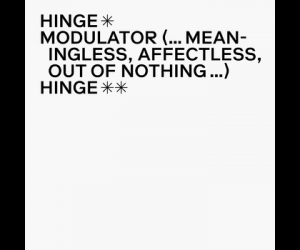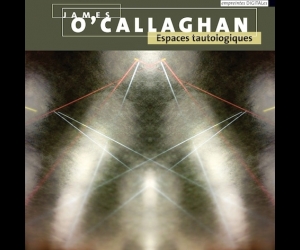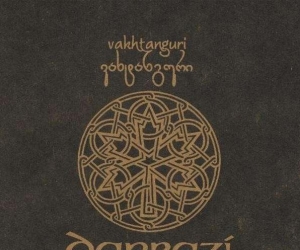
What happens to a person who spent their entire childhood and youth practising to be a professional musician and can no longer play? Adriana Barton, who took up the cello when she was five years old and had dreams of being a concert soloist, was forced to give it up when she developed soft tissue injuries that made playing excruciating. For Barton, the cello was more than an instrument: it was a constant companion, a source of pride and enchantment and a demanding taskmaster that messed with her head and gave her psychological injuries to go with the physical ones—including an obsession with perfection and, inevitably, crushing feelings of failure.
Barton, now a Vancouver-based journalist who writes about science, health, and the arts, decided to examine music’s effects on herself, as well as on human brains in general, in a book that’s part personal memoir and part scientific investigation. Weaving her own story of loss, frustration, exploration, relief, and accomplishment with a study of some of the large amounts of research being done on its many capabilities, Barton makes a compelling case for music as an essential element of human life and a powerful tool for calming, learning, creating, healing, and connecting. (And I realize as I write this, with music playing in the background, that I habitually use it to help me work, by relaxing some part of my brain that allows another part to focus and write.)
From the womb, where an infant can already perceive a musical beat, to the end of life, where music can reach deep inside the brains of people living with severe dementia or in a coma, across the cultures of the world, back in time to the earliest humans and forward to artificial intelligence, music is a constant. Barton traces the vast fields of research studying music’s links to movement and dancing (starting with the rhythms of footsteps and heartbeats), comfort, technology, emotion, health, relaxation, and pleasure. It has been found to help kids learn, boost the effectiveness of treatments for depression, strengthen our immune response, restore fluid movement in patients with Parkinson’s, transport us to enlightenment through repetition-induced trances, relieve stress and anxiety, and enhance the effects of psychedelic drugs. And, perhaps most importantly, connect us to each other.
It's a lot of information to take in, but Barton keeps her tone informal and includes an extensive notes section with links to the myriad research studies she quotes. Importantly, she also examines how music has been used by oppressive religious, educational, and performing organizations to control people’s innate musicality and dampen the joy they could be receiving from it. And if Barton has found an answer to her questions about the place for music in her life, it’s surely related to reclaiming that joy, whether through playing, singing, listening, clapping, or all of the above—which she plans to keep doing indefinitely. As she quotes Sergei Rachmaninoff, “Music is enough for a whole lifetime, but a lifetime is not enough for music.”


